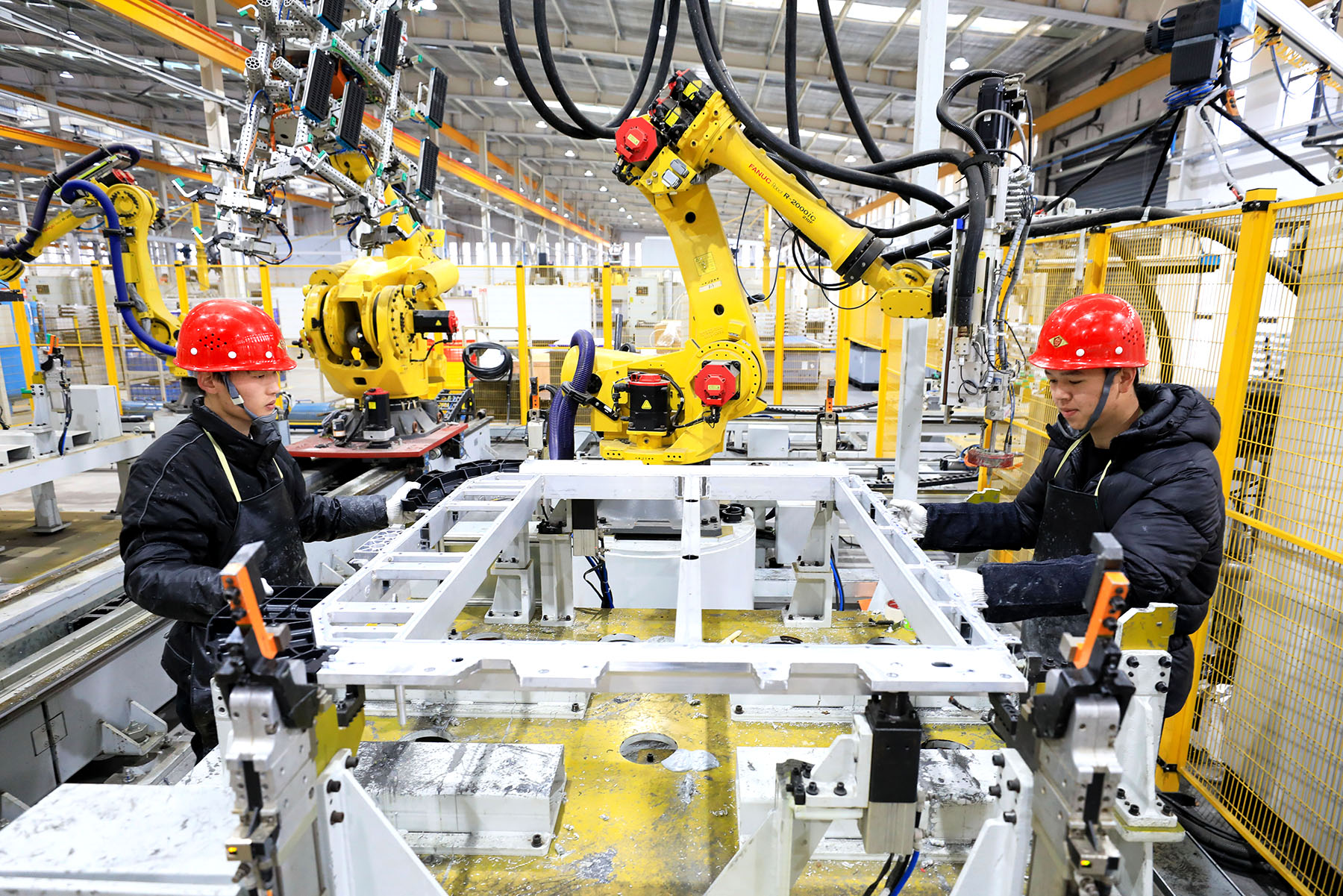
Amid robust policy support and relentless innovation, China's drive to cultivate unique small and medium-sized enterprises, or SMEs, is gaining significant momentum, officials and experts said.
A key catalyst has been the State Council's recent approval for the establishment of the second phase of the national SME development fund, designed to channel more social capital into nurturing startups in their early stages.
This policy reinforcement comes as the ecosystem of these highly focused firms demonstrates remarkable strength and growing contribution to the industrial landscape.
READ MORE: China has over 17,600 national-level 'little giant' firms
Data from the Ministry of Industry and Information Technology reveal that China has now fostered over 600,000 innovative SMEs, and over 17,600 national-level "little giant" firms, or elite SMEs that typically specialize in niche sectors, command high market shares and boast strong innovative capacity.
These "little giants", representing just 3.5 percent of the country's major industrial SMEs, contribute a disproportionately large 9.6 percent of their operating revenue and 13.7 percent of their profits, underscoring their out-sized role in driving quality growth.
The strategic importance of these enterprises was highlighted by Minister of Industry and Information Technology Li Lecheng. He outlined a multipronged approach to further bolster the sector, including establishing more national-level innovation platforms within enterprises, and enhancing both domestic and international service networks for SMEs.
"We will strengthen targeted financial support," Li said, confirming the pivotal role of the newly approved second phase of the national SME development fund in guiding social capital to fledgling companies.
Li emphasized a tiered cultivation strategy: reinforcing the foundational layer of scientific and innovative SMEs, and forging a core pillar comprised of "little giant" firms and manufacturing champions.
Sectoral analysis reveals the strategic depth of these firms. Over 60 percent of "little giant" enterprises operate in critical industrial foundation fields, nearly 80 percent are embedded within key industrial chains, and 90 percent directly supply at least three major domestic or international corporations, data from MIIT showed.
Notably, nearly 6,000 "little giants" are active in future industries like quantum technology, artificial intelligence and low-altitude economy, playing an indispensable role in strengthening and stabilizing China's industrial chains.
The story of Starair Aircraft Co Ltd, a representative "little giant", vividly illustrates this momentum. "In the first half of this year, orders for the 'Aurora' light sport aircraft exceeded 100, and our cumulative sales are about to surpass 400 units, with a Chinese market share of over 70 percent," said Huang Xin, operations director of Starair Aircraft Co Ltd.
The executive attributed this rapid growth directly to policy support for the low-altitude economy, which is accelerating the adoption of application scenarios like tourism and logistics.
ALSO READ: Central bank: Loans to China's tech SMEs grow over 20% annually in 2021-2025
"The market explosion arrived faster than anticipated," Huang said, providing a telling comparison: it took the company a full decade to sell its first 100 aircrafts, but less than two years to reach the second hundred. This year alone, new orders have skyrocketed past 150 units. In Huang's view, this shift in pace is a vivid reflection of China's low-altitude economy transitioning from cultivation phase to a period of rapid development.
Looking ahead, Huang shared the company's localization roadmap: successful domestication of the engine for light sport aircraft this year, with plans to achieve breakthroughs in key areas like materials and avionics by the early period of the 15th Five-Year Plan period (2026-30), ultimately realizing complete aircraft localization in the future.
Contact the writers at masi@chinadaily.com.cn


